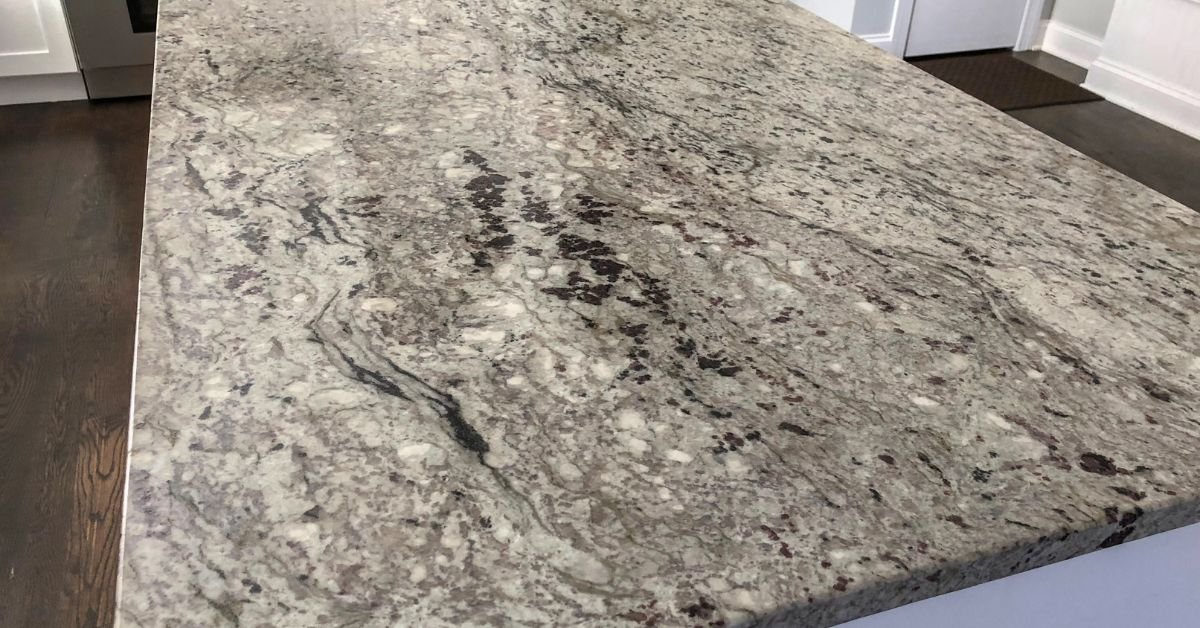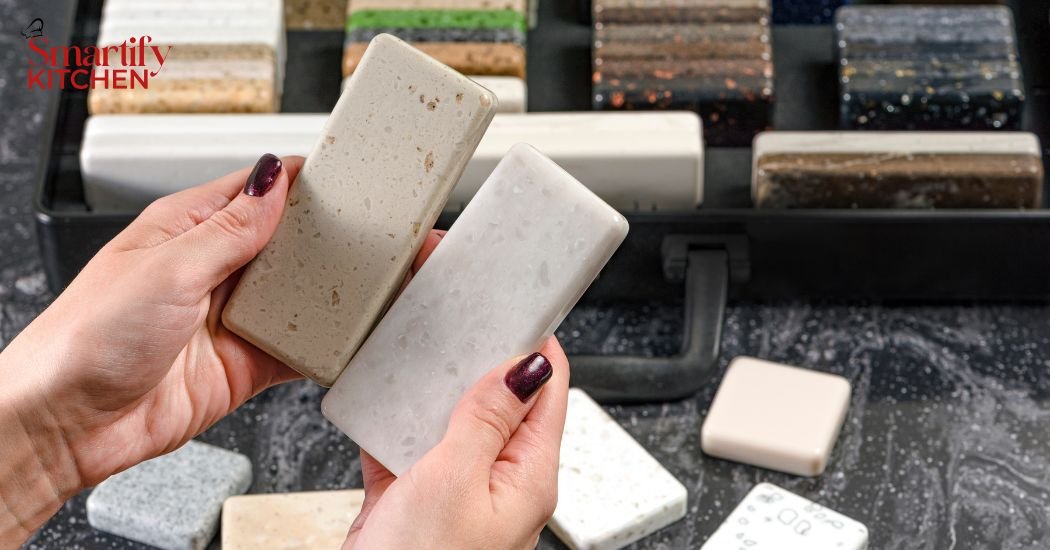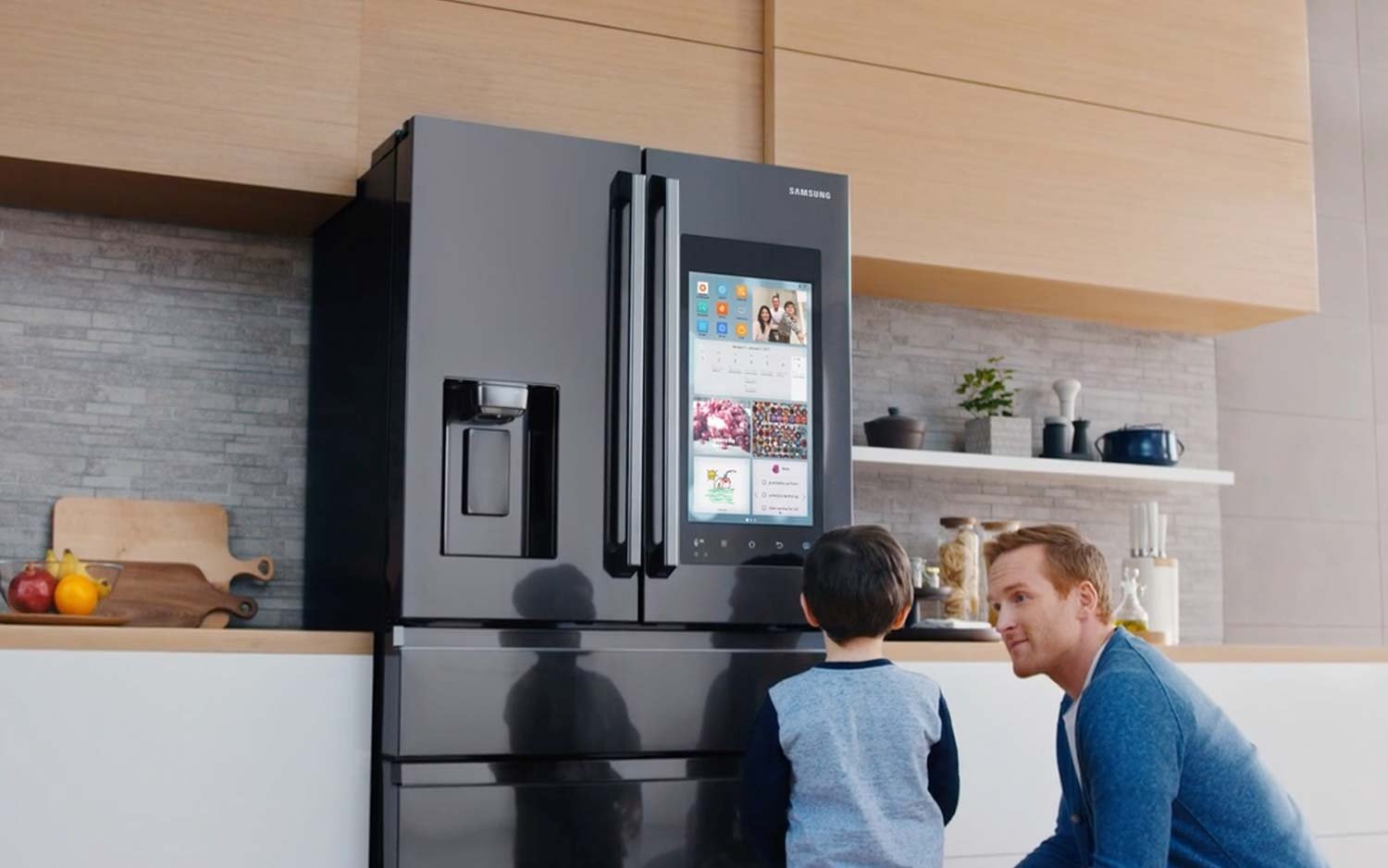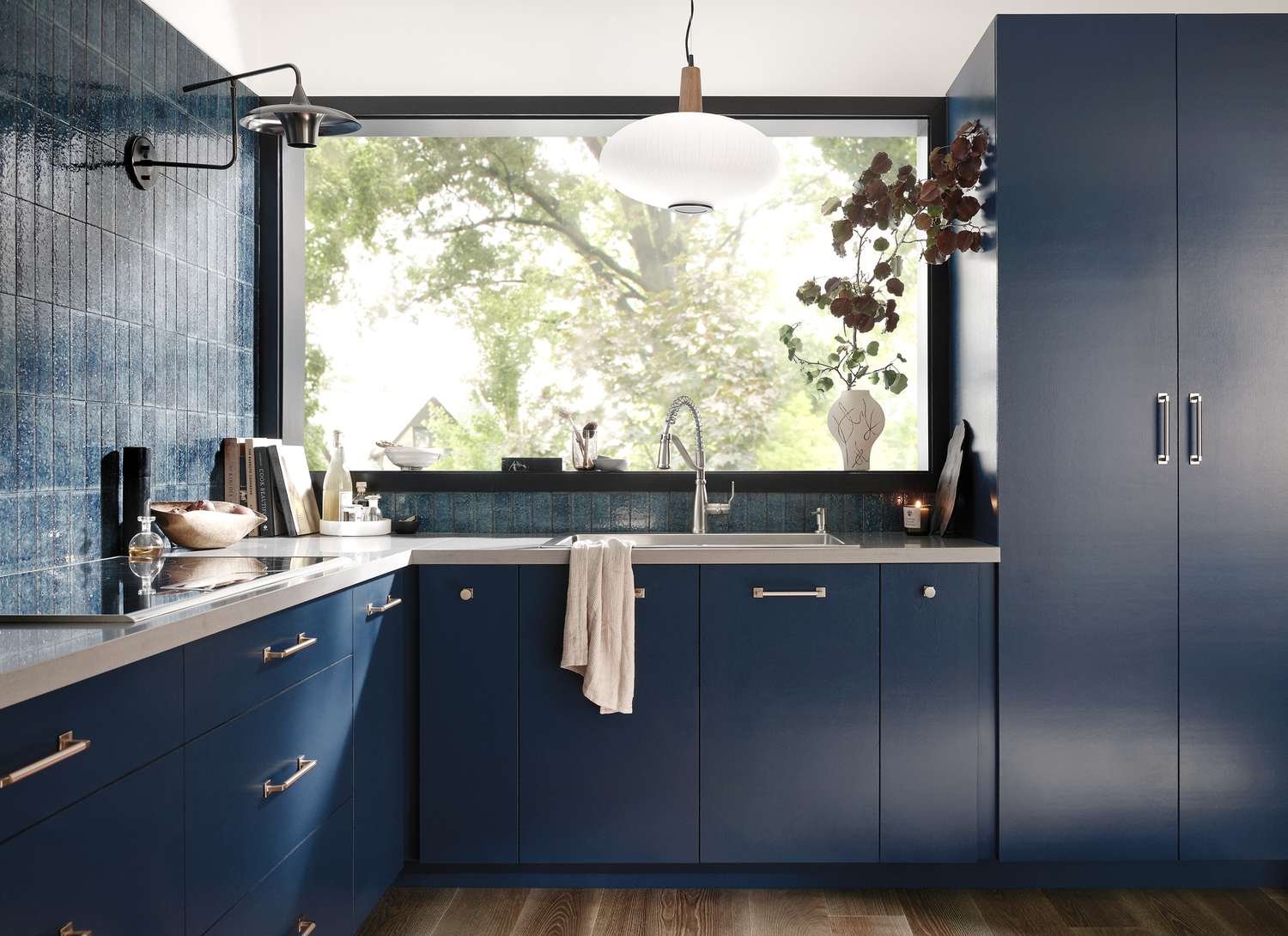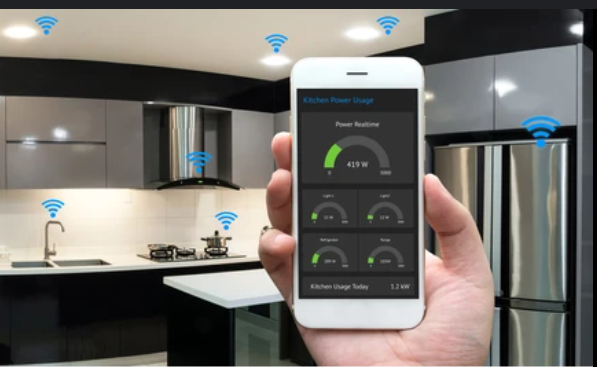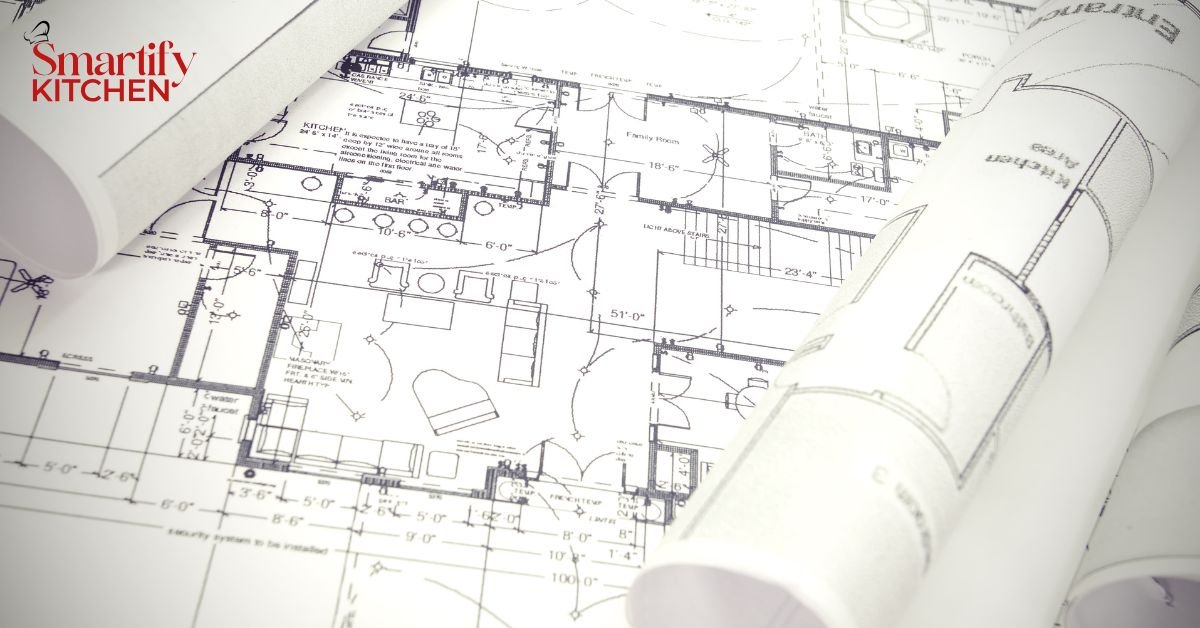Smart Kitchen Water-Saving Solutions
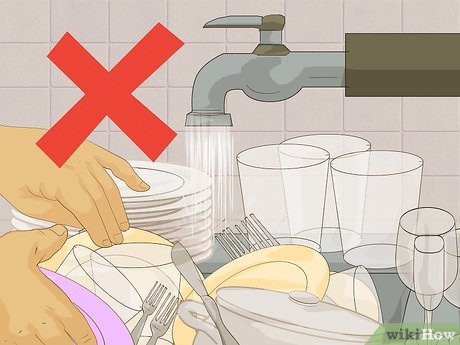
Water conservation is a critical issue, especially in regions facing water scarcity. With the growing awareness of environmental sustainability, many homeowners are seeking ways to reduce their water consumption, and the kitchen is a great place to start.
The kitchen is one of the most water-intensive areas in the home, with tasks such as washing dishes, cooking, and cleaning consuming significant amounts of water. Fortunately, advancements in smart technology have made it easier than ever to implement water-saving solutions in the kitchen.
In this guide, we’ll explore various smart kitchen water-saving solutions that can help you reduce your water usage without compromising on convenience or efficiency. From smart faucets and appliances to monitoring systems and eco-friendly practices, these solutions will enable you to conserve water, lower your utility bills, and contribute to a more sustainable future.
Smart Faucets and Fixtures
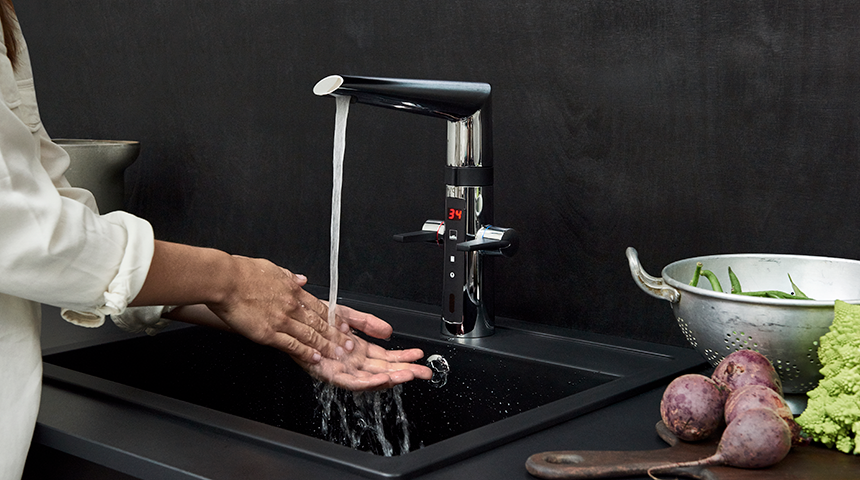
Motion-Sensor Faucets
One of the simplest yet most effective ways to save water in the kitchen is by installing a motion-sensor faucet. These smart faucets are equipped with infrared sensors that detect hand movements, allowing the water to flow only when needed.
This eliminates the common problem of leaving the tap running while performing tasks like washing hands or rinsing dishes, significantly reducing water waste.
Motion-sensor faucets are especially useful in busy households where multiple people may be using the kitchen throughout the day. By automatically shutting off the water when not in use, these faucets can help save gallons of water every day.
Touchless Controls for Water Efficiency
Building on the concept of motion-sensor faucets, some smart faucets offer touchless controls that allow you to adjust the water temperature and flow rate with a simple wave of your hand.
These touchless faucets often come with pre-set modes for tasks like rinsing, filling pots, or washing dishes, each designed to use the optimal amount of water for the task at hand.
Touchless controls not only enhance convenience but also promote water efficiency by providing just the right amount of water for each task.
For example, a low-flow mode can be used for rinsing vegetables, while a higher flow rate can be selected for filling a pot, ensuring that you’re never using more water than necessary.
Water Flow Regulators
Water flow regulators are small devices that can be installed in faucets to control the flow rate of water. These regulators work by reducing the amount of water that passes through the faucet, without compromising on water pressure.
This simple yet effective solution can lead to significant water savings over time, especially in households where faucets are used frequently.
Smart water flow regulators take this a step further by allowing you to adjust the flow rate according to your needs. Some models can even be controlled via a smartphone app, giving you the flexibility to customize your water usage based on different tasks.
By using water flow regulators in your kitchen, you can ensure that you’re using water as efficiently as possible while still getting the job done.
Smart Appliances for Water Conservation
Let’s Explore the Smart Appliances.
Energy-Efficient Dishwashers
Dishwashers are a staple in many kitchens, but they can also be one of the biggest water consumers. Fortunately, smart dishwashers are designed with water efficiency in mind, using advanced technology to minimize water usage while still delivering a powerful clean.
Many smart dishwashers come with sensors that detect the soil level on dishes and adjust the water usage accordingly, ensuring that only the necessary amount of water is used for each load.
In addition to smart sensors, these dishwashers often feature eco-friendly wash cycles that use less water and energy, making them an excellent choice for environmentally conscious homeowners.
By investing in a smart dishwasher, you can reduce your water consumption without sacrificing the convenience of automatic dishwashing.
Smart Washing Machines with Water-Saving Modes
While washing machines are typically associated with laundry, some households use them to wash kitchen towels, tablecloths, and other kitchen linens.
Smart washing machines are designed to be more water-efficient than traditional models, with features like load sensing technology that adjusts the water level based on the size of the load. This ensures that you’re not using more water than necessary, even when washing small loads.
Many smart washing machines also come with water-saving modes that use less water and energy, making them a great option for eco-conscious households.
By using a smart washing machine for your kitchen linens, you can reduce your overall water usage and contribute to a more sustainable lifestyle.
Water-Saving Ice Makers and Refrigerators
Ice makers and refrigerators with built-in water dispensers can also be major sources of water waste, especially if they’re not used efficiently. Smart refrigerators are designed to address this issue by offering features like water filtration systems that reduce the need for bottled water, as well as ice makers that produce ice more efficiently.
Some smart refrigerators also come with leak detection sensors that alert you to potential water leaks, allowing you to address the issue before it leads to significant water waste.
By choosing a smart refrigerator with water-saving features, you can enjoy the convenience of ice and water on demand while also minimizing your water consumption.
Monitoring and Managing Water Usage
Lets Explore the Monitoring and Managing Water Usage.
Smart Water Meters and Sensors
One of the most effective ways to conserve water in the kitchen is by monitoring your water usage and identifying areas where you can cut back. Smart water meters and sensors can help you do just that by providing real-time data on your water consumption.
These devices can be installed on your kitchen faucet, dishwasher, or entire plumbing system, allowing you to track how much water you’re using for different tasks.
Smart water meters and sensors often come with companion apps that provide detailed insights into your water usage, as well as tips on how to reduce it. For example, you might discover that you’re using more water than necessary when washing dishes, prompting you to adjust your habits or invest in a more water-efficient dishwasher.
By keeping track of your water usage, you can make informed decisions that lead to significant water savings over time.
Apps for Tracking Water Consumption
In addition to smart meters and sensors, there are a variety of apps available that can help you track your water consumption and set water-saving goals.
These apps often integrate with smart home devices like faucets, dishwashers, and washing machines, providing a centralized platform for managing your water usage.
Some apps offer personalized recommendations for reducing water consumption based on your usage patterns, while others allow you to set daily or weekly water usage targets.
By using a water-tracking app in conjunction with your smart kitchen devices, you can stay on top of your water-saving efforts and ensure that you’re making the most of your resources.
Leak Detection Systems
Water leaks can be a significant source of water waste in the kitchen, especially if they go undetected for long periods of time. Smart leak detection systems are designed to catch leaks early, before they have a chance to cause extensive damage or waste large amounts of water.
These systems use sensors to monitor your plumbing for signs of leaks, such as changes in water pressure or moisture levels.
When a leak is detected, the system sends an alert to your smartphone, allowing you to take immediate action. Some advanced leak detection systems can even shut off the water supply automatically to prevent further damage. By installing a smart leak detection system in your kitchen, you can protect your home from water damage and prevent unnecessary water waste.
Greywater Recycling Systems
Let’s Explore Greywater Recycling Systems.
Introduction to Greywater Recycling
Greywater recycling is the process of reusing water that has been used in sinks, showers, and appliances for non-potable purposes, such as watering plants or flushing toilets. In the kitchen, greywater recycling can be an effective way to reduce water waste by repurposing water that would otherwise go down the drain.
While greywater recycling systems have traditionally been used in larger-scale applications, advances in technology have made it possible to implement these systems in residential kitchens.
By recycling greywater in your kitchen, you can reduce your overall water consumption and make more efficient use of the water you have.
Smart Greywater Systems for Kitchen Use
Smart greywater systems are designed to make the process of recycling water as efficient and user-friendly as possible. These systems typically include a filtration unit that cleans the greywater, removing impurities and making it safe for reuse.
The filtered water is then stored in a tank, where it can be used for tasks like watering plants or flushing the toilet.
Some smart greywater systems are equipped with sensors that monitor water quality and automatically divert water to the greywater system when it meets certain criteria. Others can be controlled via a smartphone app, allowing you to manage your greywater system remotely and monitor your water savings in real-time.
By installing a smart greywater system in your kitchen, you can significantly reduce your household’s water consumption and contribute to a more sustainable environment.
Integration with Home Plumbing
Integrating a greywater recycling system with your home’s plumbing can maximize its effectiveness and make it easier to use. For example, you might connect your kitchen sink or dishwasher to the greywater system, allowing water from these sources to be automatically diverted for reuse.
Some smart greywater systems can also be integrated with your home automation system, allowing you to control and monitor the system alongside your other smart devices.
By taking a holistic approach to water management and integrating greywater recycling into your home’s plumbing, you can create a more efficient and sustainable water system that benefits both your household and the environment.
Eco-Friendly Habits and Practices
Let’s Explore some Eco-Friendly Habits and Practices.
Simple Behavioral Changes for Water Savings
While smart technology can play a significant role in reducing water consumption, simple behavioral changes can also have a big impact.
For example, turning off the tap while scrubbing dishes, using a basin to rinse vegetables, and fixing leaks promptly are all easy ways to save water in the kitchen.
By combining smart technology with conscious water-saving habits, you can maximize your water conservation efforts and make a meaningful difference in your household’s water usage.
Smart Assistants for Water Usage Reminders
Smart home assistants like Amazon Alexa or Google Assistant can also help you stay on top of your water-saving efforts by providing reminders and tips.
For example, you can set up daily reminders to check for leaks, run the dishwasher only when it’s full, or turn off the tap. I see the text was cut off earlier. I’ll continue writing the article on “Smart Kitchen Water-Saving Solutions” from where it left off:
Smart Assistants for Water Usage Reminders
Smart home assistants like Amazon Alexa or Google Assistant can also help you stay on top of your water-saving efforts by providing reminders and tips.
For example, you can set up daily reminders to check for leaks, run the dishwasher only when it’s full, or turn off the tap while scrubbing dishes. These reminders can help reinforce good habits and ensure that you’re consistently conserving water in your kitchen.
Some smart assistants can also integrate with your smart water meters, faucets, and appliances, allowing you to receive real-time updates on your water usage and adjust your habits accordingly.
By leveraging the power of smart assistants, you can make water conservation an effortless part of your daily routine.
Efficient Dishwashing and Cleaning Practices
While smart technology plays a significant role in reducing water consumption, adopting efficient dishwashing and cleaning practices is equally important. For instance, instead of running the dishwasher after every meal, wait until it’s full to maximize water efficiency. Use the eco-mode on your dishwasher if available, as it’s designed to use less water and energy.
When washing dishes by hand, fill one basin with soapy water for scrubbing and another with clean water for rinsing.
This method uses far less water than letting the tap run continuously. Additionally, consider using a brush or sponge with a built-in soap dispenser to control the amount of water and soap you use while cleaning.
Read More : Smart Kitchen Water Filtration Systems
Conclusion
Water conservation in the kitchen is not only an environmental responsibility but also a smart way to reduce household expenses.
By incorporating smart kitchen water-saving solutions, such as motion-sensor faucets, energy-efficient appliances, and water monitoring systems, you can significantly reduce your water consumption without compromising on convenience or performance.
Adopting eco-friendly habits and practices further amplifies the impact of these technologies, creating a comprehensive approach to water conservation.
Whether you’re using a smart dishwasher that adjusts water usage based on load size, tracking your water consumption through an app, or recycling greywater for non-potable uses, each step contributes to a more sustainable and efficient kitchen.
As we continue to face global water challenges, these smart solutions empower homeowners to take control of their water usage and make a positive impact on the environment.
By investing in smart kitchen water-saving solutions, you not only enhance the efficiency of your home but also play a part in preserving our planet’s most precious resource—water.

